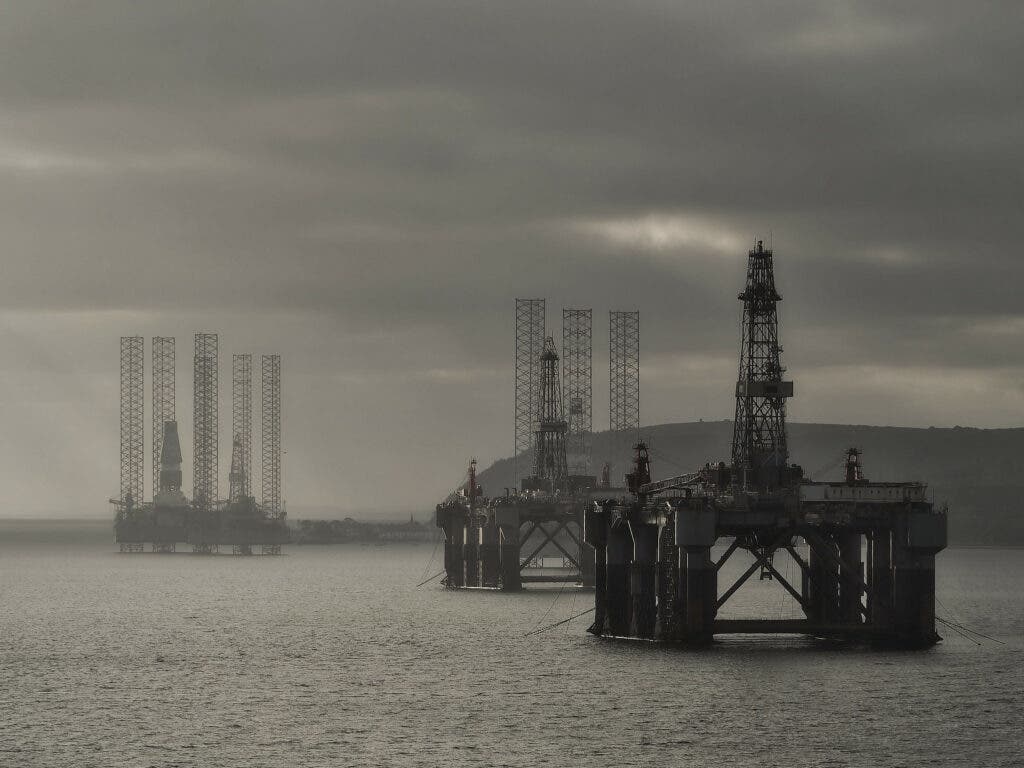The oil industry’s hopes for a resurgent demand are quickly fading away after reports from the International Energy Agency (IEA) and OPEC warned the market’s outlook is more fragile than expected. The upsurge in the number of coronavirus cases and weakened market sentiments are putting the industry in a difficult spot.

The EIA cut its forecast for 2020 oil demand growth to 91.7 million barrels per day, claiming there’s a “treacherous” path ahead. This represents a contraction of 8.4 million bpd year-on-year, more than the 8.1 million bpd contraction predicted in the agency’s August report. To make matters worse for the industry, oil prices have dropped around 40% since the start of the year.
“We expect the recovery in oil demand to decelerate markedly in the second half of 2020, with most of the easy gains already achieved,” the IEA said in its report. “The economic slowdown will take months to reverse completely, while certain sectors such as aviation are unlikely to return to their pre-pandemic levels of consumption even next year.”
The IEA said “renewed weakness” in India reflected a cause for concern. However, China, which emerged from lockdown sooner than other countries, continued to recover “strongly.” The global health crisis has coincided with an unparalleled energy demand shock this year, with the IEA previously warning the fall in oil demand growth this year could be the largest in history.
The report comes shortly after OPEC, which groups 13 oil-producing countries, cut its forecast for oil demand growth in 2020, citing a weaker recovery in India and Asian countries. The group revised its outlook to an average of 90.2 million barrels per day, which is a 40.000-bpd reduction from the previous month’s estimate and of 9.5 million bpd year-on-year.
“Risks remain elevated and skewed to the downside, particularly in relation to the development of Covid-19 infection cases and potential vaccines,” the group said in the report. “Furthermore, the speed of recovery in economic activities and oil demand growth potential in Other Asian countries, including India, remains uncertain,” it added.
From the industry’s perspective, the decline seen so far this year is destabilizing and very significant. Producers around the world are rethinking their production plans, pausing new projects and shutting down drilling rigs. In the US producers have gone bankrupt, while Saudi Arabia, has been pushing OPEC to cut its output and drag prices up out of the doldrums.
The disruptions come as investors, regulators and energy giants anticipate big changes in oil demand in the next few years, as the world takes action to limit the consequences of climate change. BP and Shell have already pledged to reshape their business to focus on zero-carbon energy sources. Total even acknowledged that the shift from fossil fuels will cause its oil investments to become stranded assets.
BP recently published its annual energy outlook and set up three scenarios for the future of oil demand. In two of them, the world takes action on climate change and the current drop in oil demand becomes the pivot point leading to a low-emissions future. In the third path, with the world continuing with business as usual, oil demand would increase slightly but peak within a decade.









